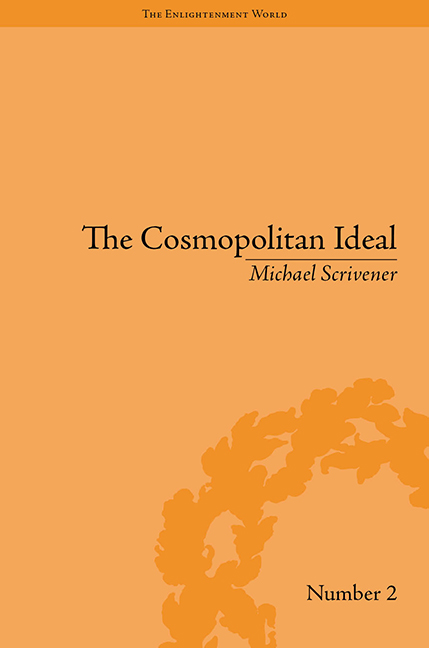3 - Women and Justice
Summary
The feminists who came after the Bluestockings carried the argument for gender justice to a higher level conceptually and a lower level socially. The Bluestockings, according to Sylvia Myers, had taken the feminist project forward in two important ways: by developing an awareness of injustice and a sense of ‘sister-hood’. One of the important cultural battles was earning respect and acceptance for the woman of learning, a battle Elizabeth Carter won as the woman scholar became at mid-century a source of national pride and an illustration of British and Protestant superiority. Coming from the middle class, not the social elite, Mary Wollstonecraft, Mary Hays, Helen Maria Williams and Mary Robinson used the inspiration of the French Revolution to move feminism into ideological and conceptual areas previously neglected. It is not just that the feminists of the 1790s lived their own lives as cosmopolitan intellectuals who exercised far more freedom in their sexual lives than was the norm at the time, but that they proposed radical changes in women's political, educational, economic and familial status. This late Enlightenment feminism (continued later by the Shelley circle and then the Owenite socialists) – radical not moderate, religiously modernist and even secular, cosmopolitan rather than nationalistic, broadly political rather than narrowly focused, more expansively utopian than pragmatic – is in many respects more similar to the feminism of the 1970s than to the Victorian feminism which followed it chronologically. The harsh reaction against this Enlightenment feminism, vividly illustrated by the poignant omission of Wollstonecraft in Mary Hays's six-volume collection of biographies of famous women, is an important story but it is not the focus of this chapter. I want instead to show how Enlightenment feminism emerged, and of what elements it consisted, by concentrating largely on Wollstonecraft, the most representative figure.
It has been conventional to label the feminism I am describing as ‘liberal’ or ‘equality’ feminism, separate from ‘radical’ and ‘socialist’ feminism, but Virginia Sapiro finds that the distinctiveness of Wollstonecraft's ideas cannot be represented by means of the stereotyped ‘liberal’ category.
- Type
- Chapter
- Information
- Publisher: Pickering & ChattoFirst published in: 2014



